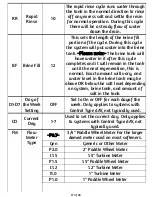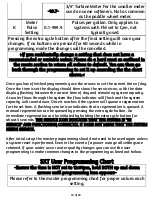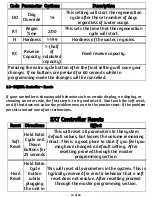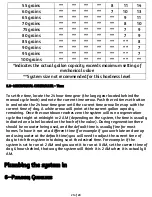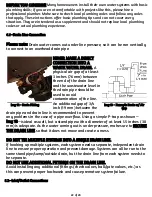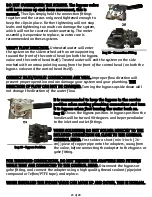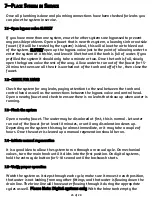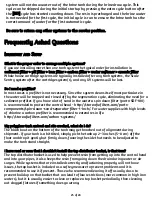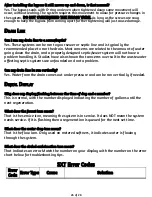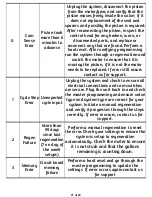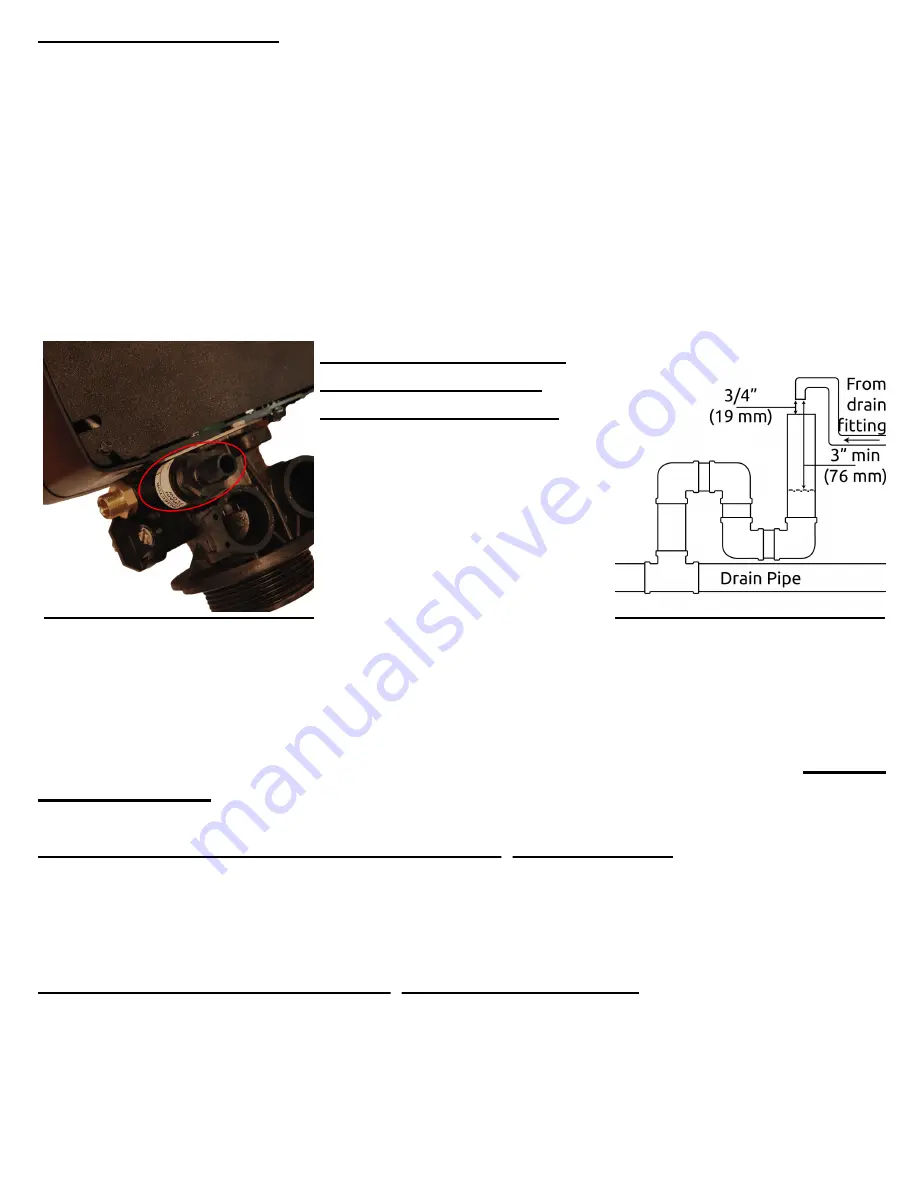
Img 12 - Drain Fitting
Img 13 - Example Drain w/ Air
Gap
BEFORE YOU CONTINUE
Many homeowners install their own water systems with basic
plumbing skills; if you are not comfortable with projects like this, please hire a
professional plumber. Make sure to check local plumbing codes and follow any codes
that apply. These intructions offer basic plumbing tips and can not cover every
situation. They are intendend as a supplement and should not replace local plumbing
codes or actual plumbing experience.
6.1—Drain Line Connection
Please note:
Drain water comes out under line pressure, so it can be run vertically
to connect to an overhead drain pipe.
NEVER MAKE A DIRECT
CONNECTION INTO A
WASTE WATER DRAIN.
A
physical air gap of at least
3 inches (76 mm) between
the end of the drain line
and the wastewater level in
the drain pipe should be
used to avoid
contamination of the line.
An additional gap of 3/4
inch (19 mm) between the
drain pipe and drain line is recommended to prevent
any problems in the case of a pipe overflow. Using a simple P-trap as shown—
Img 13
—is ideal as well, but a stand pipe with a diameter of at least 1.5 inches (38
mm) is adequate. As the water coming out is under pressure, make sure to
SECURE
THE DRAIN LINE
so that it does not move and create a mess.
DO NOT TIE MULTIPLE SYSTEMS INTO A SINGLE DRAIN LINE.
If hooking up multiple systems, each system needs a separate, independent drain
line to ensure proper operation and prevent damage. Systems can all be run to the
same standpipe/sump/outside drain, but the drain line from each system needs to
be separate.
DO NOT USE ADDITIONAL FITTINGS ON THE DRAIN LINE.
Avoid installing any additional fittings (check valves, ball/gate valves, etc.) as
this can prevent proper backwash and cause premature system failure.
6.2—Inlet/Outlet Connections
22 of 28










